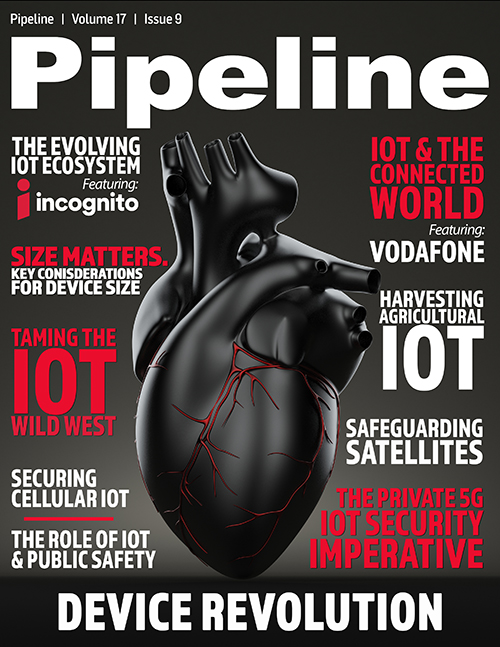Harvesting Agricultural IoT's Potential

The Internet of Things (IoT) has quickly progressed from a technology subject to speculation and hype, to a legitimate target of investment receiving attention from a range of industries and businesses.
The IoT industry has seen a boom in application and solution development, bringing costs down. The declining price of equipment like sensors is likely to result in increased uptake. This trend is likely to continue as 5G applications and connectivity accelerate these technological advances and broaden the possibilities of the IoT’s capabilities.
One area where the IoT is gaining traction is the agricultural industry. Precision farming, which utilizes a range of systems for targeted observation and management of land and crops, is being powered by the IoT, which can provide detection, monitoring and control across a range of agricultural farming processes. For an industry facing increased pressure as natural resources are stretched thin and populations increase, this revolutionary approach to farming could have a massive impact on food production and its ecological impact—as long as vital components like reliable connectivity are readily available to this often remotely located industry.
Stark warnings
By 2050, with the global population expected to reach 9.8 billion, food supplies face a precarious situation with demand expected to be 60 percent greater. According to the World Economic Forum, climate change, urbanization, and soil degradation will shrink the amount of farmable land available, meaning the world faces a food security crisis if the situation isn’t addressed.
The United Nation’s food envoy has also warned that more people are in danger of food shortages as the coronavirus crisis continues, with the risk worse in 2021 than the period shortly after the pandemic began due to food market closures and rising food prices, among other reasons, highlighting the fragility in some regions of food production and access.
And it’s not just food that is at risk of scarcity. Water use has been growing globally at more than twice the rate of population increases in the last century, according to the UN, and the limit for sustainable water delivery has been hit in many areas.
But how can the food and water needs of so many be achieved sustainably when agriculture is also a major contributor to climate change? The farming sector is no stranger to technological revolution. From crop rotation to the advent of mechanized equipment and the introduction of chemical fertilizers and biotechnology, the farming sector has embraced the technological revolution and has been at the center of many technological developments.
These increasing environmental worries are prompting farmers to shift their focus toward more sustainable agriculture practices, to both retain natural resources and more efficiently manage and yield crops. Technological advancements such as ‘smart farms’ to maximize output and reduce waste are encouraging investment and development in precision farming.
Precision farming and the IoT
Today, IoT is elevating agricultural practices, reducing waste generation and improving profit margins. Precision or smart farming utilizes drones, satellite monitoring and sensor technology to enable farmers to closely monitor their practices and activities and optimize inputs such as water and fertilizers to achieve better crop quality and yield. Digital technology enables farmers to collect data to observe, measure and analyze the individual requirements of fields and crops. This results in reduced waste, due to increased control of fertilizers, herbicides, emissions and soil compaction through a more rational use of resources—thus reducing environmental impact.Autonomous farming vehicles are also revolutionizing the farming process with technology such as self-driving tractors. Autonomous tractors could totally automate portions of the harvesting process, such as grain handling. Fleets of vehicles that can access real-time data can provide vital information on weather conditions and sensors that alert drivers to any obstacle detection can greatly improve efficiency when using vehicles. Predictive maintenance for vehicles, enabled by data gathered and sent to the farmer, can also reduce costs.



















